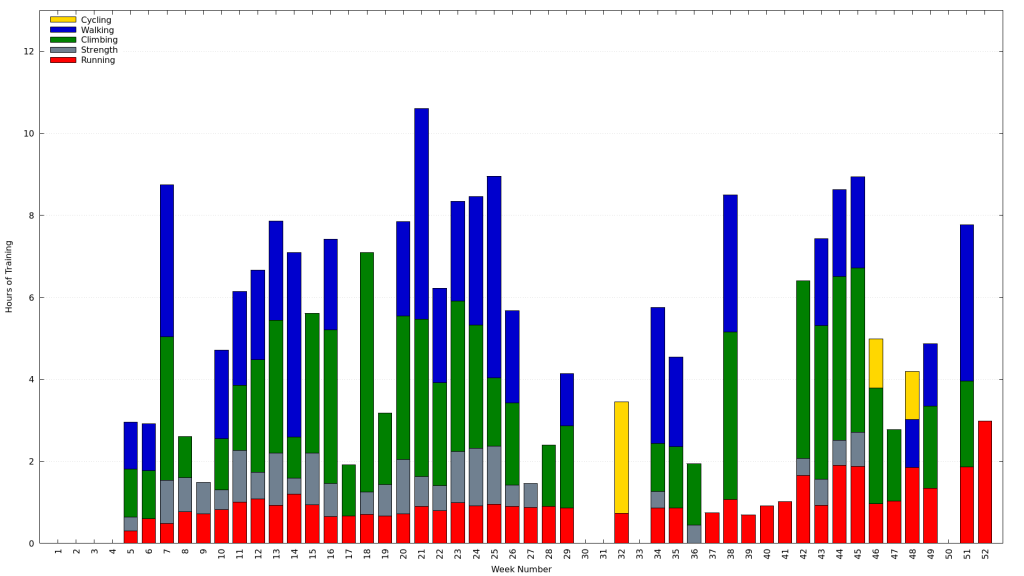It is not that easy to begin this post. I am not even sure anyone reads this anyway, but writing as always been something I enjoyed. Thus, I am writing. Last week I took advantage of Koningsdag being on a Thursday to travel to Chamonix.

The plan of the trip down to Cham was to hike three days, and enjoy the Alps. Simple.
I checked the weather forecasts for a while, until they converged into what we can consider a mixed forecast: rain and snow the first days, and sun the remaining ones.
I brought all the clothes and gear that I thought were enough for winter hiking, but decided to leave home mountain boots, crampons, and ice axe. I was not going to push that hard, and was ready to back off if conditions were nasty enough to require proper mountaineering gears. However, I brought microspikes and trekking poles, just to be on the safe side.
Friday the 28th of April I was hiking on the Aiguilles Rouges, at low altitude because of the snowfall that was going on since the night before. I hiked from Chamonix to the slopes below the Flegere, and was feeling good. I went up and down to put meters on my legs, and had a pretty good time. I could feel all these months of training were giving fruits as I felt in a really good shape.
At some point I lost the trail because the snow was completely covering it. I checked the map, and knowing where I was I decided to keep moving to find the trail again, and then get down. At some point I realized I was walking over a sloped boulder field, but there were trees and the risk of avalanches seemed pretty low, so I kept looking for the trail. I could always retrace my steps and go back the way I came, but it was early and my turnaround time was still few hours in the future. I was proceeding real slow, though, because I didn’t want to step on a hole and hurt myself, or get stuck.
Then I felt. I was traversing a slope, when my feet slipped below me, and I found myself lying horizontally, prone, sliding down the mountain. The only thought I had was that it was over. I was going to die on that mountain, and rest under the snow in Chamonix.
Clearly that is not what happened, as I am here writing this right now. What happened is that, after few meters, I just stopped. I stood up, moved to a tree nearby, and took the trekking poles that I wasn’t using until then.
I thought “well, that was close” but wasn’t scared, wasn’t in panic. Sure my heart was slightly faster than before when I stood up after the fall, but not that fast. Kept looking for a way down, but after few more minutes of exploration simply decided to trace my steps back. Going back I kept hiking, and was still in a pretty good mood.
Actually, I am still in a pretty good mood. What happened was that I stepped on a rocky slab that was hidden under the snow, and slipped on the wet rock. I walked more carefully going back. But I wasn’t being careless before. There were things I could have done better, e.g. use my trekking poles to check what was under the snow while moving off-trail, but I was well prepared and equipped, and I made only one mistake. Lesson learned. This is what contributes to what we call “experience”.
What surprised me, what really surprised me, is that in a split second I accepted my death. Sliding down the slab I didn’t have any doubt about that being my last moments in life, and I was OK with that. I wasn’t really scared, I wasn’t trashing, I wasn’t screaming, I wasn’t crying. I was just looking at the world moving below me, at the snow, at the trees. I was worried of the speed, there was a voice inside me saying “you are going to accelerate until you stop, then it’ll be over“. I didn’t see my life being replayed in front of me, but I acknowledge that the time was flowing slower than usual.
I don’t know why I wasn’t scared, but I am so glad I wasn’t. If that had to be the end, I certainly didn’t want to spend the last moments of my life being scared of death. Being in peace was such a better feeling.
After the fact, I didn’t think to stop wander and enjoy the beauty that this world has to offer. I didn’t think to stop hiking, climbing, exploring. I didn’t question my choices. I was happy to be there, I was happy to be who I am.
I am happy outdoor.

